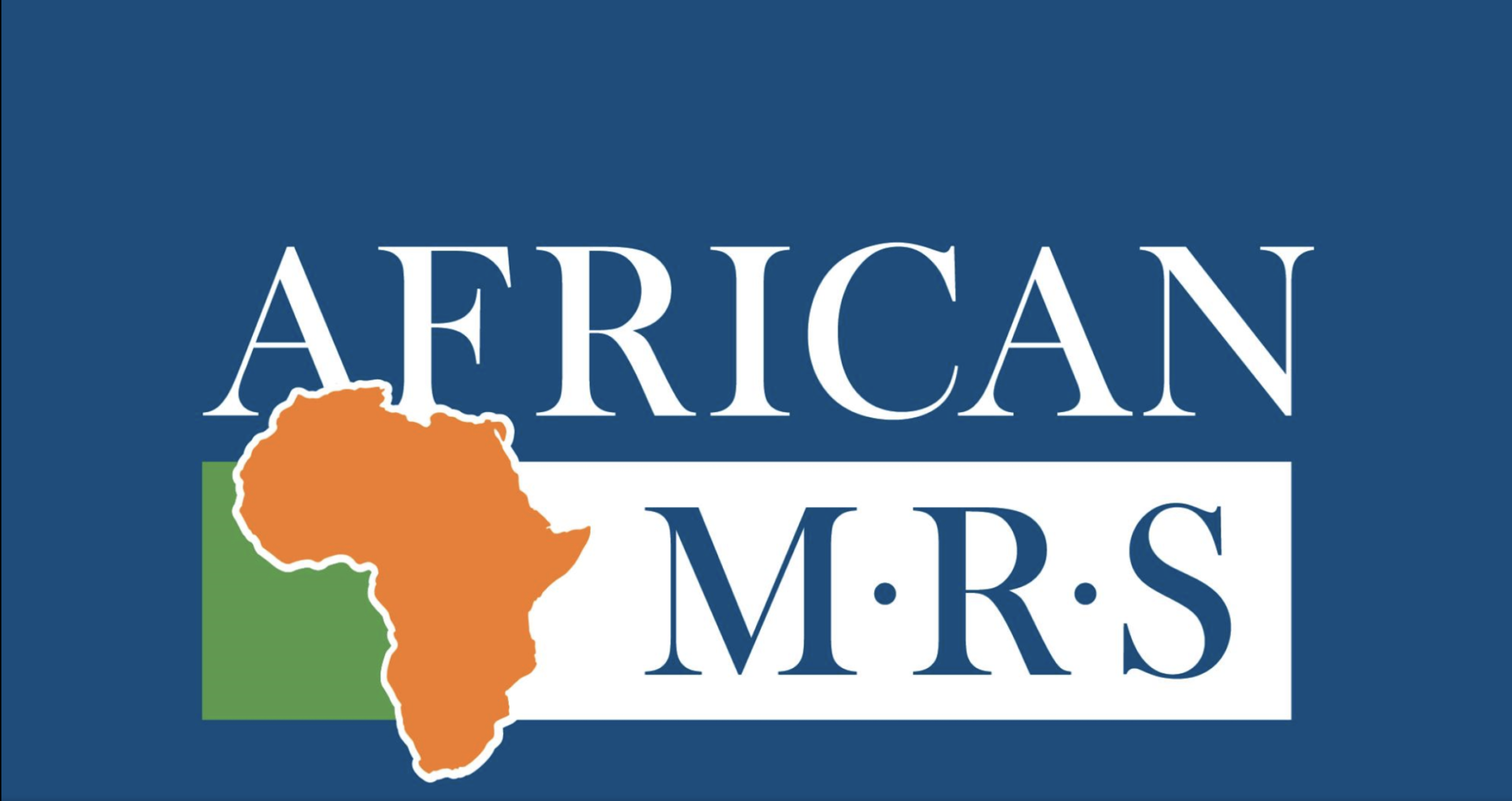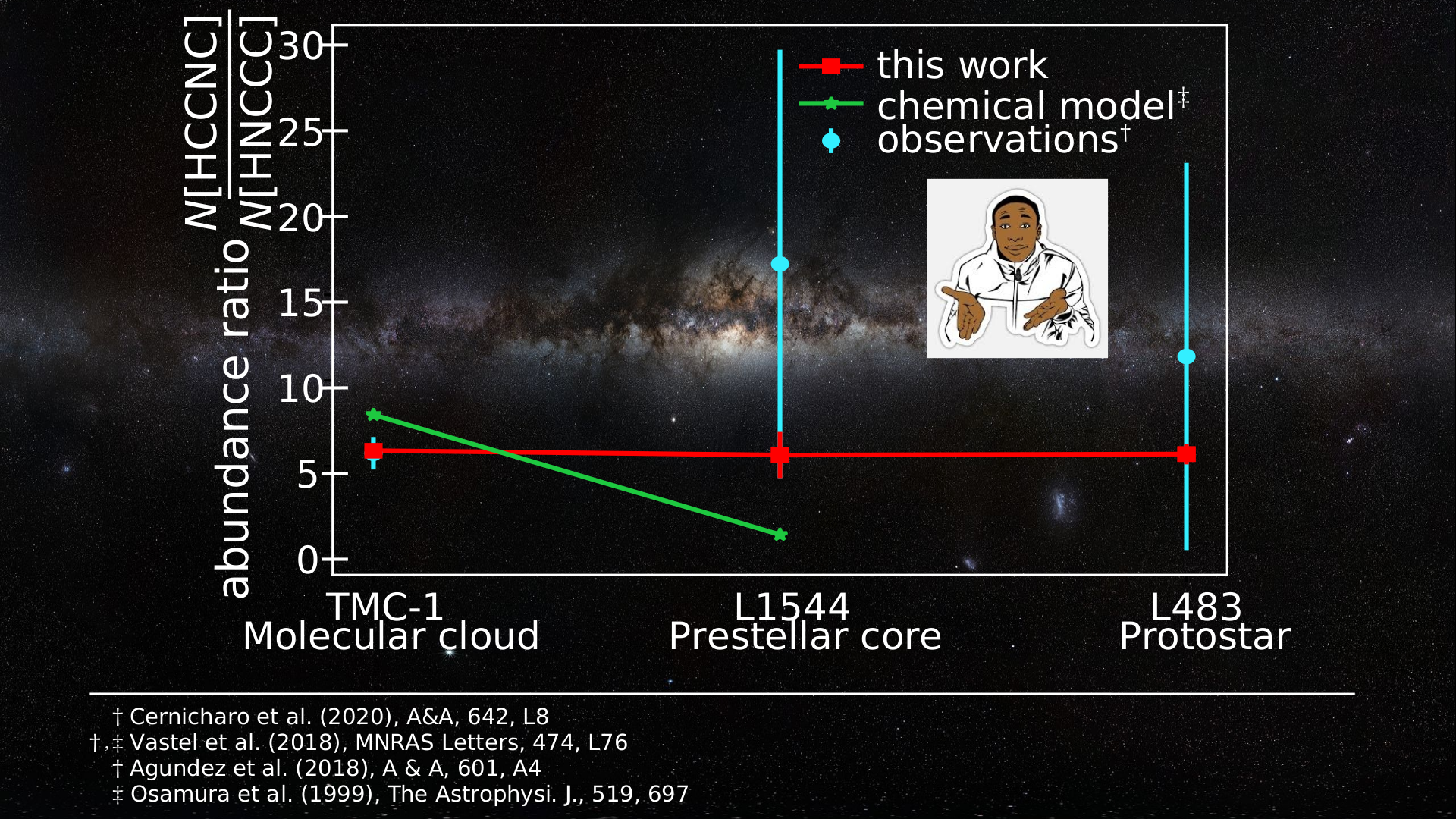by Cheikh Bop, on
Presentation of the conference

The 11th International Conference of the African Materials Research Society (AMRS2022) was held in University Cheikh Anta Diop from December 12th to 15th 2022.
AMRS series of conferences allow the scientific and research communities to build knowledge, foster relationships and promote action for further understanding and collaborations in the broad fields associated with materials science and technology.
The themes of AMRS2022 reflect both the needs of the global research community such as energy and health, as well as the needs that are specific to Africa.
Several themes were discussed:
- Computational materials science
- Biomaterials & Materials for health
- Materials for water and environment monitoring
- Materials for agriculture
- Materials for energy
- Materials for mining and manufacturing
- Nanomaterials quantum materials, photonics materials and nanotechnologies
- Education and networking in Materials Science & Engineering
During this conference, C. T. Bop gave a talk as an early career researcher.
Non-LTE modelling of the HCCNC and HNCCC abundance in astrophysical environments - C. T. Bop, A. Faure, E. Quintas-Sanchez, R. Dawes, and F. Lique
The isomers of HCCCN, namely HCCNC and HNCCC, are widely observed in the interstellar medium and in circumstellar envelopes. Their abundance has been determined under the assumption of local thermodynamic equilibrium (LTE) conditions or non-LTE radiative transfer models, but considering the collisional excitation of HCCCN as the same for all isomers.
Chemical models for the prototypical cold cores, TMC-1 and L1544, reproduced the abundance of HCCCN fairly well, but they tend to overestimate the abundances of HCCNC and HNCCC with respect to the observations. It is therefore worth revisiting the interpretation of the observational spectra of these isomers using a rigorous non-LTE modelling. The abundance of HCCNC and HNCCC were then determined using non-LTE radiative transfer calculations based on the proper rate coefficients for the first time in this work. Modeling the brightness temperature of HCCNC and HNCCC when using their proper collision rate coefficients shows that models based on LTE or non-LTE with approximate collision data may lead to deviations of up to a factor of ∼1.5.
Reinterpreting the observational spectra led us to significant differences relative to the observed abundances previously determined. Our findings suggest quite similar abundance ratios for the TMC-1 and L1544 cold cores as well as the L483 protostar. This work will encourage further modelling with more robust non-LTE radiative transfer calculations and future studies to revisit the chemistry of HCCCN and its isomers in cold molecular clouds.
